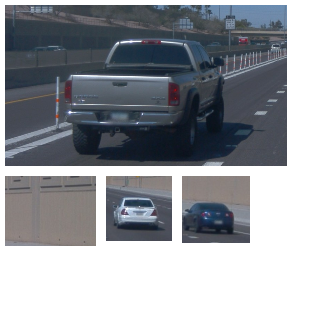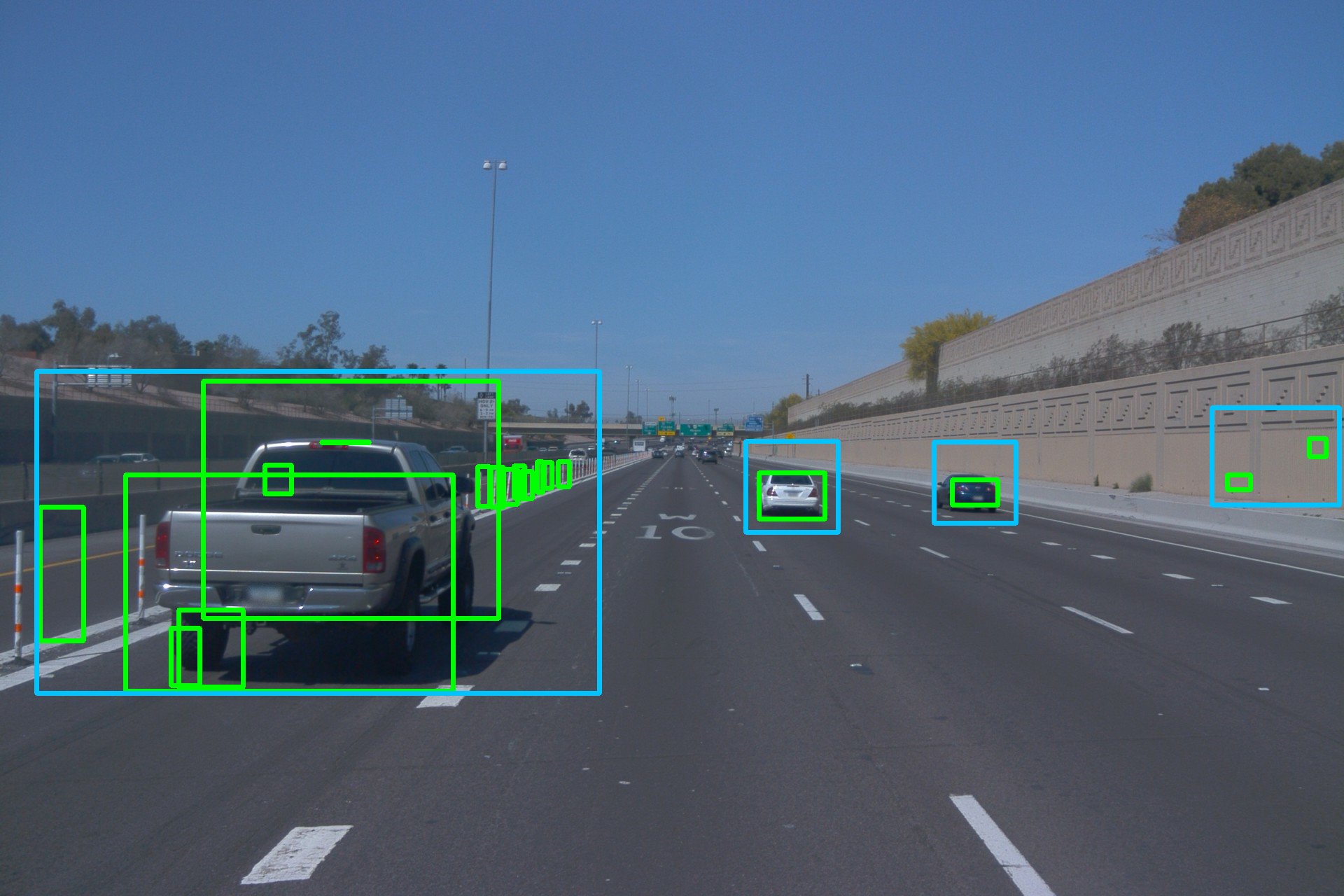Object detection in state-of-the-art Autonomous Vehicles (AV) framework relies heavily on deep neural networks. Typically, these networks perform object detection uniformly on the entire camera LiDAR frames. However, this uniformity jeopardizes the safety of the AV by giving the same priority to all objects in the scenes regardless of their risk of collision to the AV. In this paper, we present a new end-to-end pipeline for AV that introduces the concept of LiDAR cluster first and camera inference later to detect and classify objects. The benefits of our proposed framework are twofold. First, our pipeline prioritizes detecting objects that pose a higher risk of collision to the AV, giving more time for the AV to react to unsafe conditions. Second, it also provides, on average, faster inference speeds compared to popular deep neural network pipelines. We design our framework using the real-world datasets, the Waymo Open Dataset, solving challenges arising from the limitations of LiDAR sensors and object detection algorithms. We show that our novel object detection pipeline prioritizes the detection of higher risk objects while simultaneously achieving comparable accuracy and a 25% higher average speed compared to camera inference only.
翻译:在最先进的自主飞行器(AV)框架内,对物体的探测严重依赖深层神经网络。一般而言,这些网络在整个相机LIDAR框架上统一进行物体探测。不过,这种统一性通过给予场面上所有物体以同样的优先权而危及AV的安全,而不论其与AV碰撞的风险如何。在本文中,我们为AV提出了一个新的端到端管道,该管道首先引入了LIDAR集群概念,后来又引入了探测和分类物体的相机推断。我们拟议框架的好处是双重的。首先,我们的管道优先探测对AV碰撞风险较高的物体,使AV有更多的时间对不安全的情况作出反应。第二,它也提供了平均而言比流行的深神经网络管道更快的推论速度。我们用真实世界数据集、Waymo Open数据集设计我们的框架,解决LIDAR传感器和物体探测算法的局限性引起的挑战。我们显示,我们的新发现管道优先探测风险较高的物体,同时达到相似的精确度和平均速度为25%。







